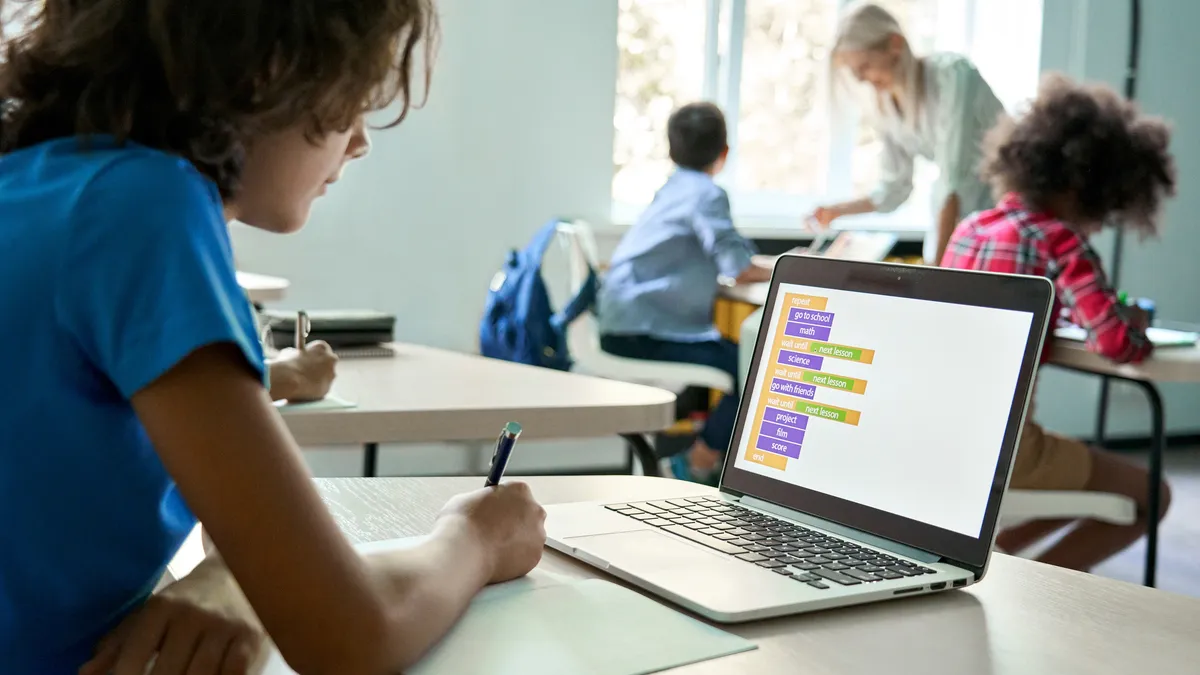Dive Brief:
- Thirty-one percent of back-to-school shoppers are expected to go into debt for their purchases, up by 2 percentage points from 2022, according to a consumer survey released Monday from Bankrate. That includes 24% of respondents who are using credit cards and carrying balances, and 13% who are using buy now, pay later services like Affirm or Klarna.
- The number of people who said they feel pressured to spend more on school shopping than they’re comfortable with declined to 14% from 26% in 2022, while 18% of respondents said school shopping did or will strain their budget this year, down from 31% two years ago.
- Forty-six percent of back-to-school shoppers plan to use a money saving strategy, with 28% of those surveyed saying they plan to look for more deals or coupons than they did previously.
Dive Insight:
Although inflation is a factor in how shoppers are approaching the back-to-school season, the phenomena isn’t impacting shoppers the same way it did two years ago, with fewer shoppers seeking deals and using coupons, according to the report.
"As inflation has come down, Americans have become more comfortable paying for things like back-to-school shopping,” Ted Rossman, a Bankrate senior industry analyst, said in a statement. “Shoppers aren't clutching their wallets nearly as tightly this year.”
In 2022, 35% of back-to-school shoppers said they would buy cheaper brands and 36% said they would buy fewer school supplies than they did in previous years due to the cost. This year, 21% said they would buy cheaper brands and 19% said they would buy fewer school supplies than in previous years, according to the report.
However, Rossman added that with credit card rates and balances at near-record highs, it’s important for consumers not to let their guard down, as “there’s a cumulative toll to all of the price increases we’ve seen the past few years.”
Just 35% of shoppers who plan to or used a credit card for back-to-school shopping plan to pay the balance in full to avoid interest charges, Bankrate found. Sixty-five percent of adults going shopping for the occasion planned to use debit cards, while 57% planned to use cash.
As of early July, 55% of back-to-school shoppers had already started buying for school, according to a separate survey by the National Retail Federation and Prosper Insights & Analytics. Families with kids in grades K-12 plan to spend an average of $874.68 on clothing, shoes, school supplies and electronics, the NRF survey found. While that number is lower than last year’s, it’s still the second highest in the survey’s history. Similarly, a Deloitte report on back-to-school spending found that spend per child would drop about $11 from last year, to $586.















